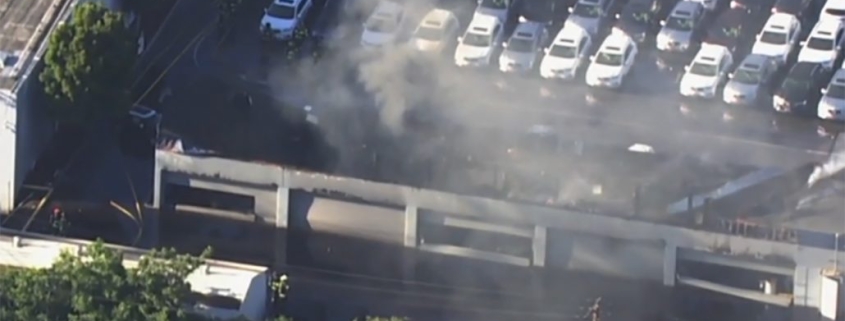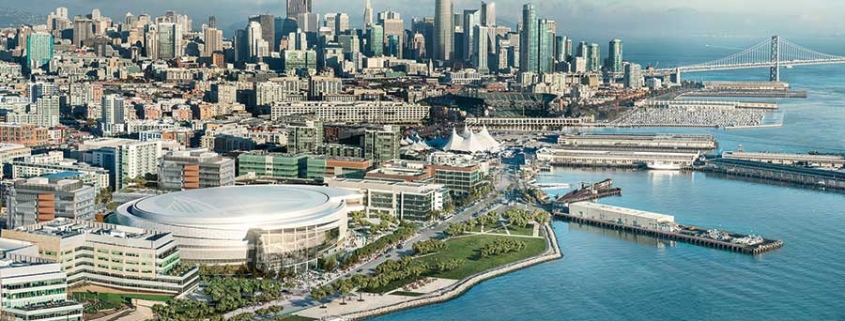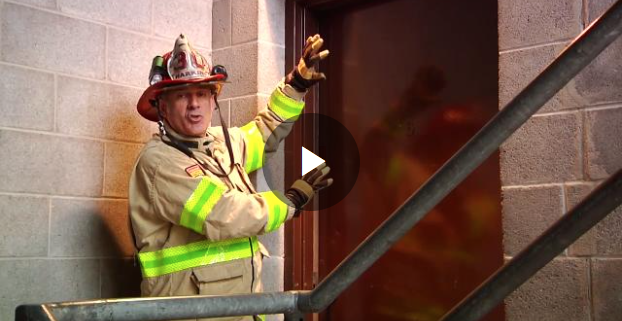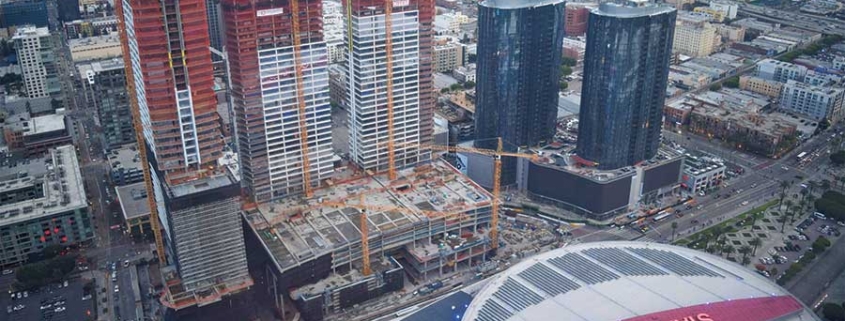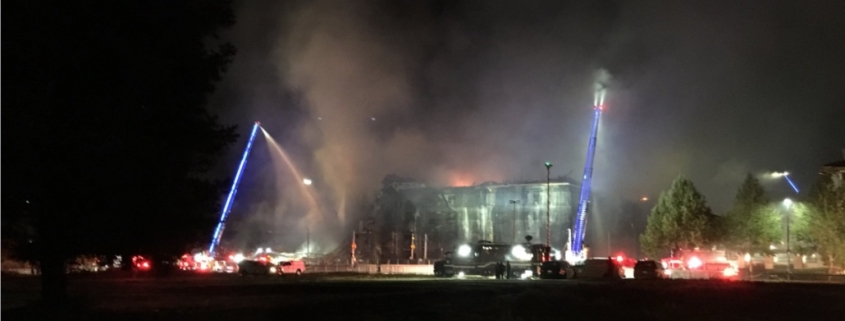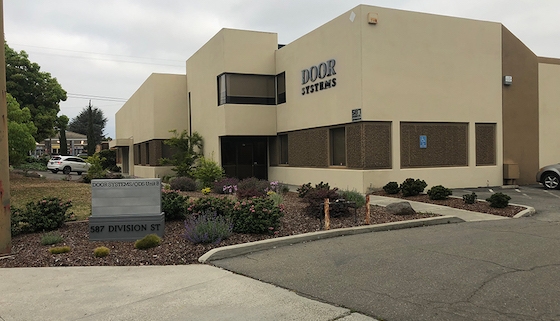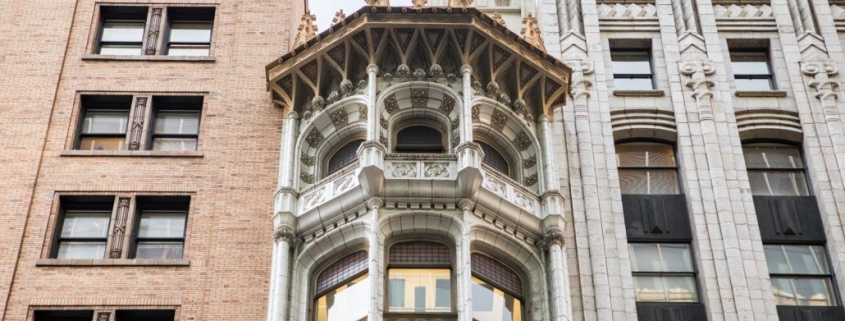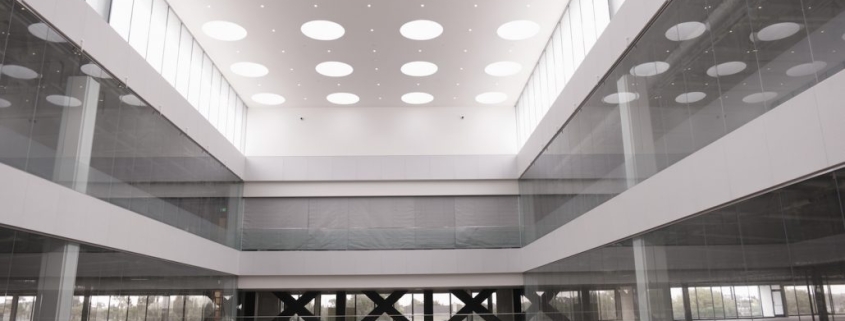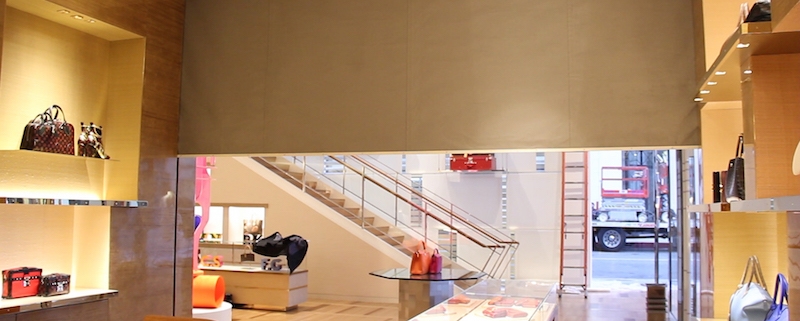SANTA CLARA, Calif. (KGO) — A 3-alarm fire did significant damage to a car dealership in the South Bay. The gas and oil fueled the flames and put firefighters in danger. Firefighters are still here making sure there are no hot spots and the structure is secured. Acura officials are hoping to re-open sometime today.
Stevens Creek Boulevard in Santa Clara is well known for one thing.
“This is the mecca of car dealerships, this strip,” said Dave Heavey, service technician.

